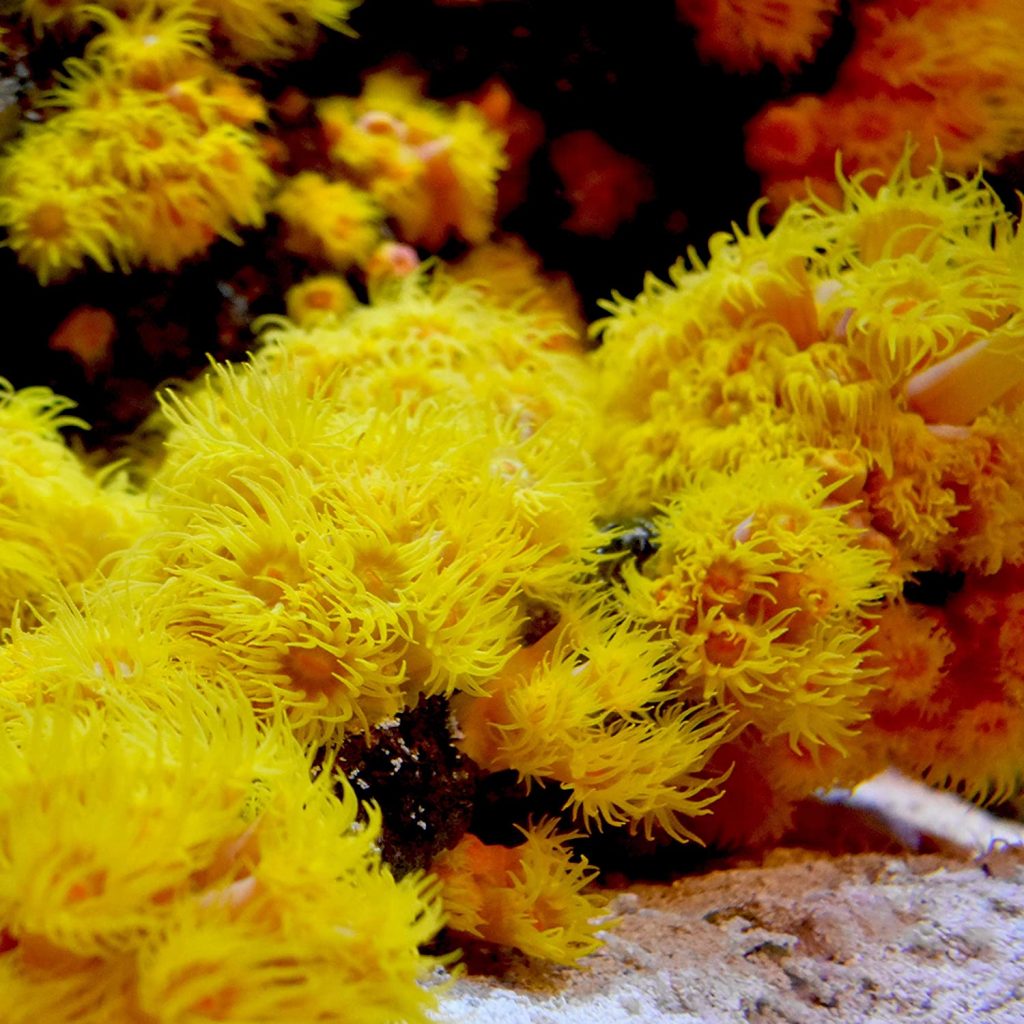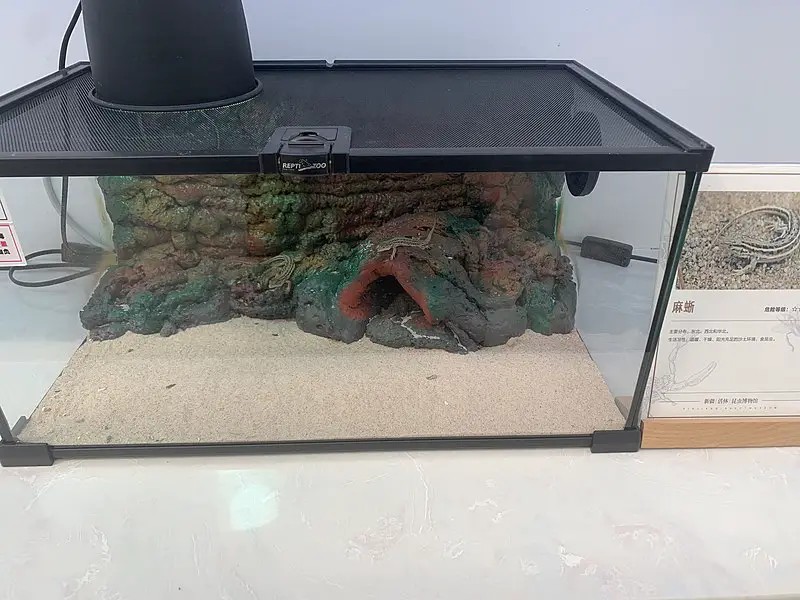Magnesium is an important part of any reef tank ecosystem but there is a such thing as “too much of a good thing is a bad thing.” Without proper levels of magnesium, your reef tank will face severe problems if it isn’t brought back into balance quickly.
In a reef tank, magnesium levels need to remain around 1,350ppm. This is a natural amount of magnesium because it’s exactly what you will find in the ocean. That number may seem a little high for some, however, it is exactly what corals are conditioned in nature to tolerate.
Usually, if magnesium levels are off in a reef tank, it’s on the high side. You can also run into low levels of magnesium as well, so it’s important to know how to get those levels down or up, depending on the needs of your tank.
How to Lower Magnesium Levels in your Reef Tank
The sweet spot that you want your magnesium levels to be at is anywhere between 1280 and 1350ppm. Corals love all of that magnesium and they will practically thrive in it. The problem is, that levels of magnesium that exceed 1350 are not something that is hospitable to anything else.
Magnesium levels that exceed 2000ppm will start killing your invertebrates off in a hurry. The issue with trying to lower your magnesium is that there is no way to do it in a hurry. It takes a bit of both time and patience to get it right.
What you have to do is start changing out your water in 20% increments once per week. You can’t go any faster than that as it might shock your marine life with the sudden change. You also need to check your magnesium levels on the incoming water replacement volume.
You want it to be a lot lower than the current magnesium levels in the existing tank water. You’re basically lowering your levels of magnesium through the act of dilution. You will repeat this exercise once per week until your magnesium content reaches nominal levels.
How to Raise the Magnesium Levels in your Reef Tank
The method for raising magnesium levels in your reef tank is pretty much the exact same thing that you do to lower levels of magnesium. That means more water replacement at a rate of around 15% to 20%.
Of course, this time, you need to make sure that the levels of magnesium in the incoming water is higher than the magnesium currently in your tank. For larger reef tanks, it’s better to change the water in even smaller increments, around 10%.
Magnesium supplements are another good way to raise the magnesium levels in your tank and that’s how you want to raise the magnesium in the water that you are about to add to the tank, rather than adding it directly to the tank.
Seachem’s Reef Advantage Magnesium is a good example of a great supplement to use to increase magnesium levels quickly and efficiently. Its recommended that when you begin using it, you start off slowly, with half of a dose per week, and expand from there.
The standard dose, at least with the Seachem’s is a single teaspoon for every 20 gallons of water in your reef tank.
Symptoms of Low Magnesium Levels in a Reef Tank
Magnesium doesn’t exist in a bubble and if the magnesium levels in your reef tank drop below what would be considered a balanced ratio, it will affect the alkalinity and calcium levels in your reef tank as well.
Anyone who owns a reef tank probably already knows to have a good tester handy, like a digital test kit. You should use it often to test the levels in your reef tank and stay on top of any unexpected changes. You should also use it to test the incoming water when you change out a percentage of the reef tank’s water.
Continuing to add calcium and trying to increase the alkaline levels simply won’t provide your reef tank with appropriate levels until the magnesium is balanced. Lack of magnesium will result in tissue loss in your corals, which is the most immediate and noticeable sign of low magnesium levels.
Symptoms of High Magnesium Levels in a Reef Tank
High levels of magnesium don’t normally cause any outward signs of issues though if you have invertebrates in the tank, they will start to die when it is too high. For the most part, you almost have to go out of your way to make the levels too high.
For the most part, that is the only symptom you will have of high magnesium. If there are no invertebrates in your tank well, you’ll only know if you measure it. Diluting the water by replacing what is lost is the best way. Low magnesium levels are far more dangerous than high.
Magnesium’s Effect on Coral
Coral thrives on magnesium and it is certainly something that they need. Coral will grow strong and remain healthy so long as there are adequate levels of magnesium to supplement it.
Oftentimes, magnesium is not high on the list of necessary elements, eclipsed by others such as calcium and the level of alkalinity in the tank. However, if you keep your magnesium levels between the aforementioned 1280 and 1350, your coral will do just fine.
Testing your tank frequently and staying on top of the levels of magnesium, along with the alkalinity and calcium, is essential for giving your coral a chance to thrive and remain vital. Knowing when to change the water to bring it up or down is just as important as everything else.
All Things Considered
You always want to keep your magnesium levels in balance, so your coral has the most hospitable marine environment that you can give it. Changing your water when necessary is the quickest and simplest way to keep your magnesium levels normalized and in balance.
Use your digital test kit to stay on top of your levels. It’s the most important tool that you have to maintain a balanced environment in which your coral can truly blossom.



